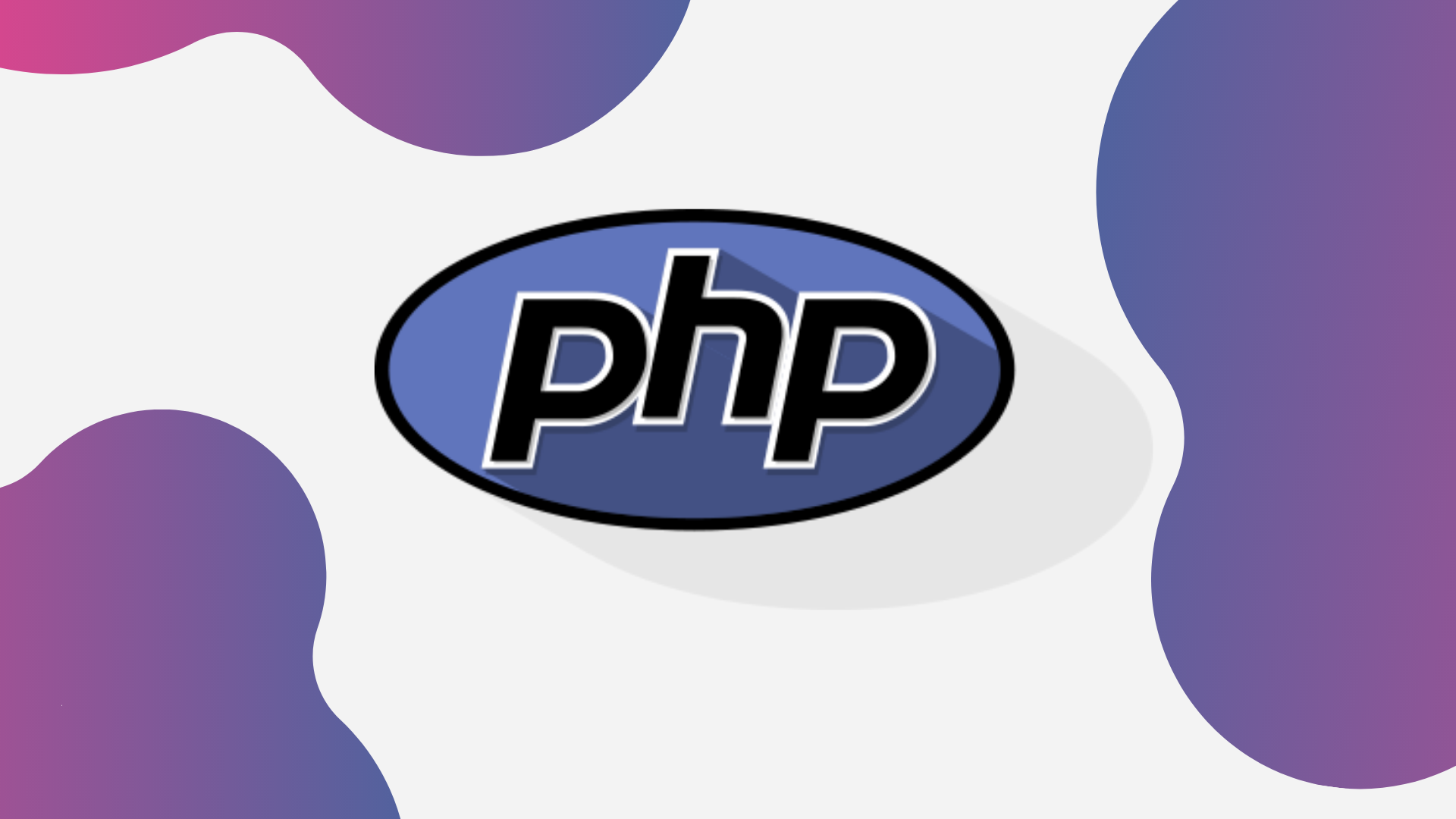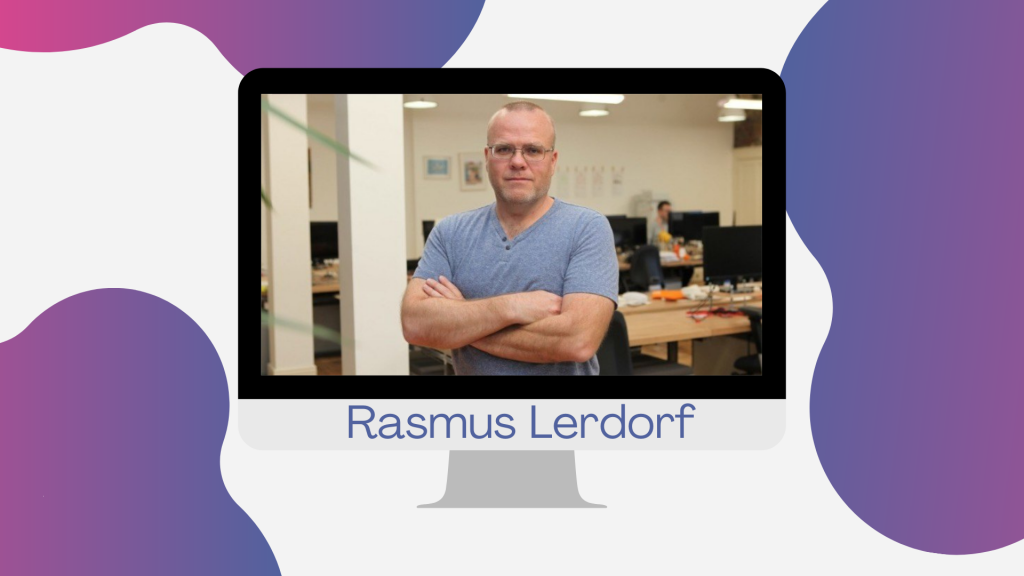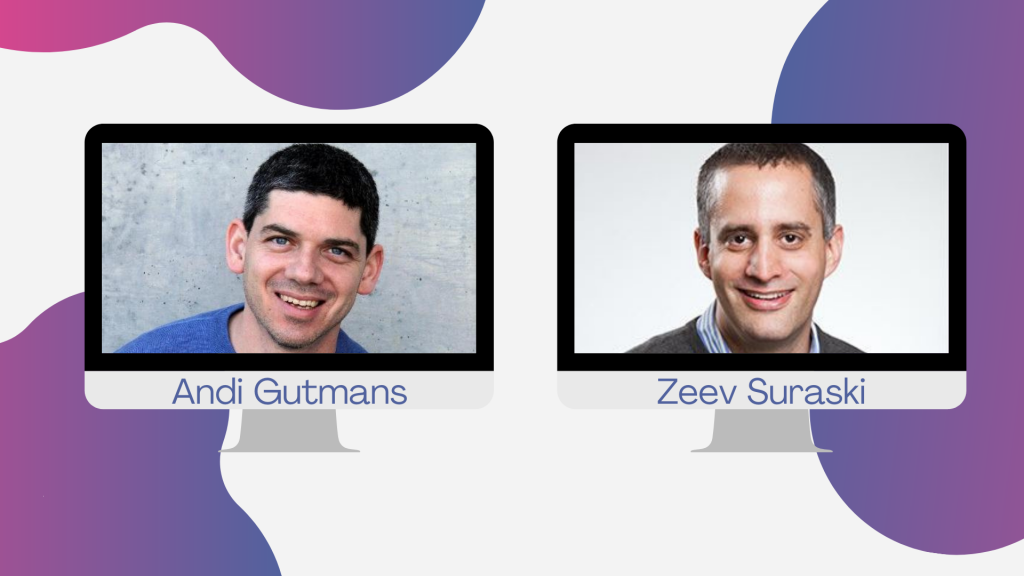
The programming language of PHP has an intriguing story that already spans 27 years. As you probably may already know, PHP is one of the best-known programming languages used in web applications. It is known by a handful of web developers and it has been appreciated for being easy to learn. Moreover, PHP powers over 52,000,000+ websites on the internet! Making the PHP community the most authentic one in the application development sphere is the presence of numerous PHP frameworks. Some of them include but are not limited to – NodeJS,Redis,MongoDB, Codeigniter, Symfony, and others. If you have not been convinced of its greatness, let’s dive into the more detailed history of this amazing programming tool – PHP!
The beginning of PHP
It all comes down to an autumn afternoon in 1994. In which the unemployed Danish programmer, based in Toronto, Rasmus Lerdorf, gets down to writing a small CGI in C to help him count visits to his online resumes, saving it all in a MySQL database. Rasmus’s script draws the attention of other people hosted on his server, who ask him to use it, and suggest more functionalities. Rasmus then adds conditional labels, loop labels, and functions. He named the suite of scripts “Personal Home Page Tools,” more frequently referenced as “PHP Tools.” In addition to the first PHP Rasmus designed a system to process forms to which he attributed the name of FI (Form Interpreter) which in turn would be the first compact version of the language: PHP/FI.

Over time, more functionality was again in the spotlight, and the Danish rewrote PHP Tools. This new model was capable of database interaction. And provided a framework upon which users could develop simple dynamic web applications such as guestbooks. In June 1995, Rasmus released the source code for PHP Tools to the public, which allowed developers to use it more widely. This also encouraged users to provide fixes for bugs in the code and to generally improve it.
Version 3&4
Two programmers, Zeev Suraski and Andi Gutmans rebuilt PHP’s core, releasing the updated result as PHP/FI 2 in 1997. The acronym was formally changed to PHP: HyperText Preprocessor, at this time. And in 1998, PHP 3 was released, which was the first widely used version. PHP 4 then took the lead in May 2000, with a new core, known as the Zend Engine 1.0. PHP 4 featured improved speed and reliability over PHP 3. In terms of features, PHP 4 added: references, the Boolean type, COM support on Windows, output buffering, many new array functions, expanded object-oriented programming, inclusion of the PCRE library, and more.

Version 5
PHP 5 was released in July 2004 after long development and several pre-releases. It is mainly driven by its core, the Zend Engine 2.0 with a new object model. The dozens of new features were: improved support for object-oriented programming, the PHP Data Objects (PDO) extension, and numerous performance enhancements. At this point in time, PHP’s development team included various developers. As well as many others working on PHP-related and supporting projects, such as PEAR, PECL, and documentation. This underlying network of well over one-hundred individual web servers spanned across six of the seven continents of the world.
Version 6 and Unicode
PHP received mixed reviews due to lacking native Unicode support at the core language level. In 2005, a project headed by Andrei Zmievski was initiated to bring native Unicode support throughout PHP. All by embedding the International Components for Unicode (ICU) library, and representing text strings as UTF-16 internally. Due to the lack of developers, this change was postponed on several occasions: 2009, 2010, and 2014.
Version 7&8
During 2014 and 2015, a new major PHP version was developed, which was numbered PHP 7, although this decision came after some debate among internal developers regarding the PHP 6 Unicode experiment. The foundation of PHP 7 is a PHP branch that was originally dubbed PHP next generation (phpng). It was authored by Dmitry Stogov, Xinchen Hui, and Nikita Popov, and aimed to optimize PHP performance by refactoring the Zend Engine while retaining near-complete language compatibility. Because of the significant changes, the reworked Zend Engine is called Zend Engine 3, succeeding Zend Engine 2 used in PHP 5.
PHP 8 was released on November 26, 2020. PHP 8 is a major version and has breaking changes from previous versions.
The future
Today, PHP has found its usage in many leading organizations for handling their online portfolio. These big names include Facebook, Wikipedia, Yahoo, WordPress, and others, all of this while the numbers are still growing. Nevertheless, Rasmus admits that he didn’t envision such a growth in popularity of his product, but thanks to the acceptance it has achieved, and the constant team effort contribution, rest assured that PHP history will still continue to develop & succeed.
